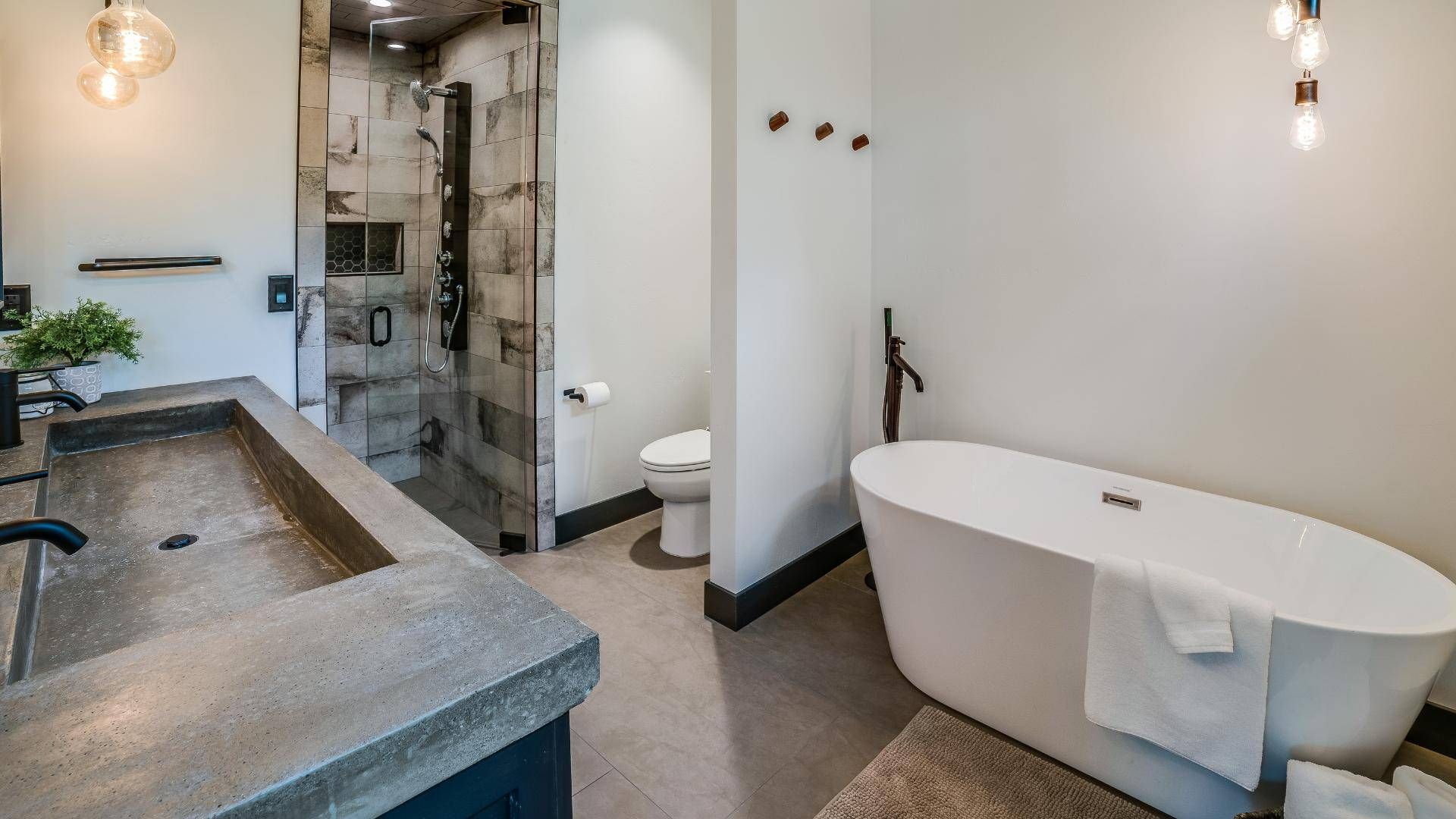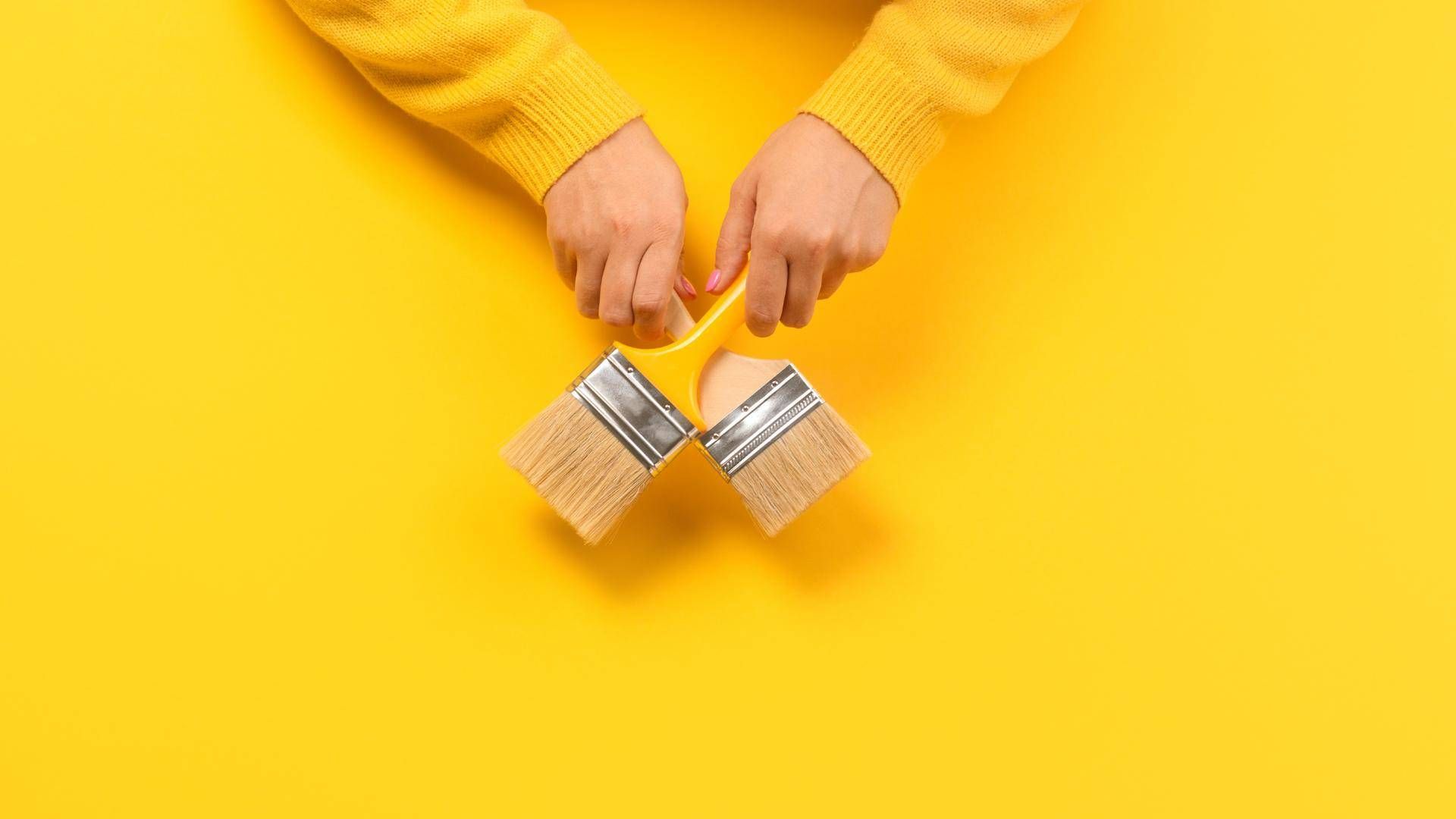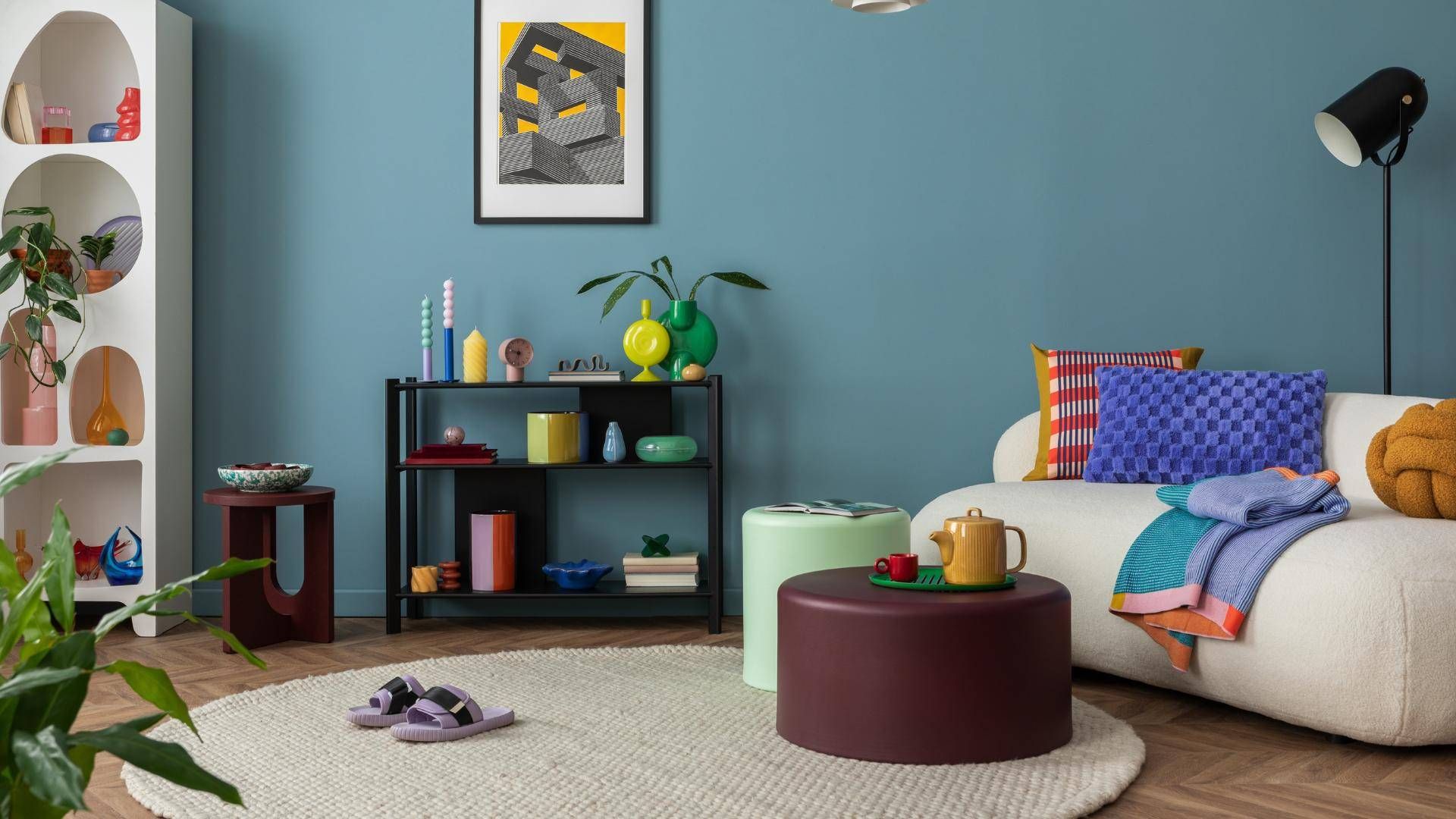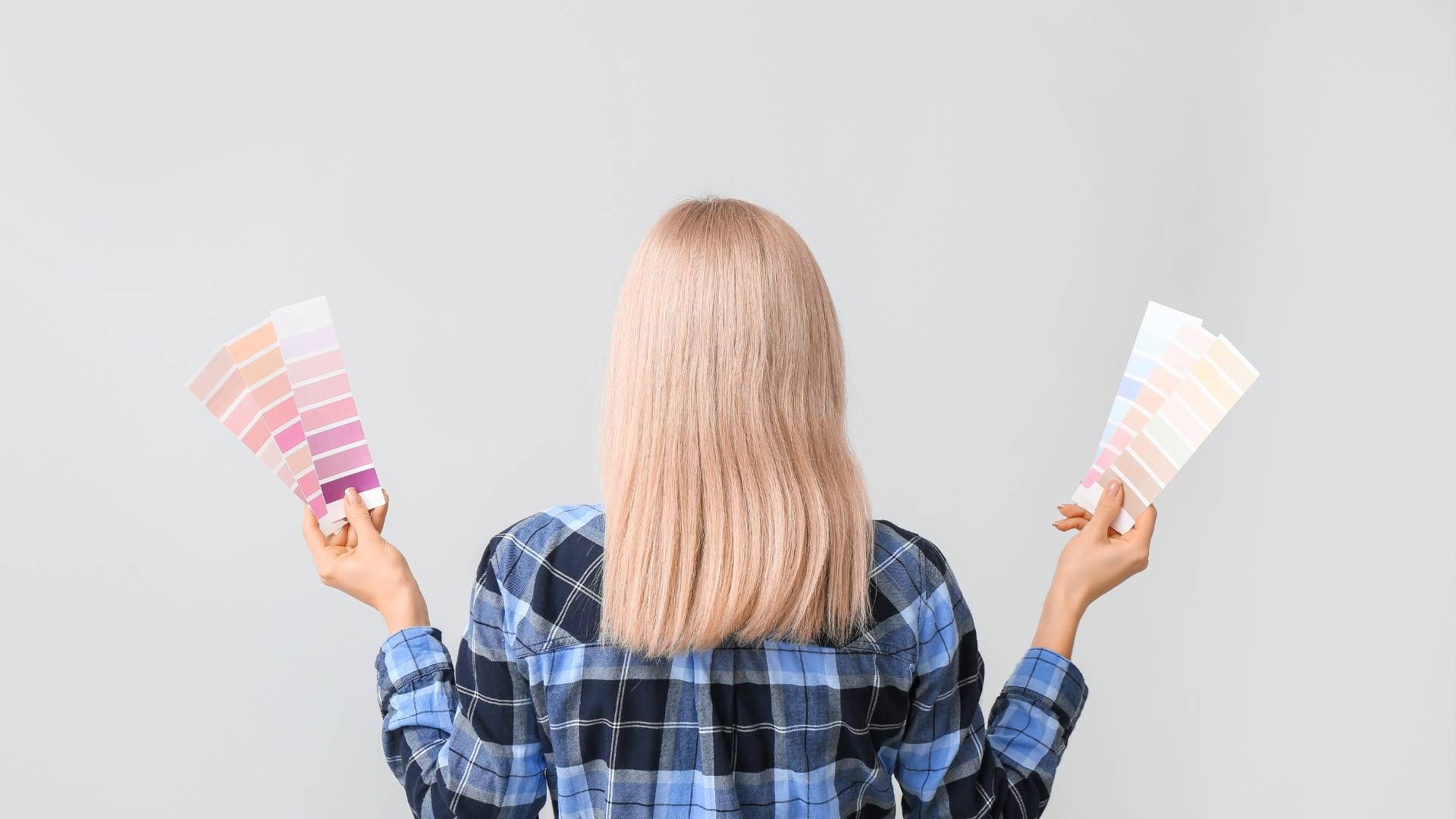
The Guardian recently ran an article celebrating the ensuite bathroom. It highlighted the changing requirements of home movers who are, as a minimum, increasingly requesting an ensuite to at least one bedroom.
Why are more bathrooms beneficial?
The desire stems from busy families who have to jostle for bathroom time – a queue to use the shower just won’t do. Other home movers have their hearts set on creating a tranquil, spa-like ensuite, where they can wind down without being surrounded by kids’ bath toys and teenage beauty products.
If you are buying a property to rent out, you can increase its appeal by having more than one bathroom – especially if you’re hoping to attract cohabitors who aren’t in a romantic relationship. Additionally, those who are considering multi-generational living now or in the future may require more than one bathroom to meet the family’s needs.
Add value with an ensuite
Ensuite benefits are not confined to just buyers either. The Guardian article reported how British purchasers are prepared to pay 20% more for a home with two bathrooms compared to those with just one. If you are considering selling your property and think adding an ensuite may help your prospects, it’s worth giving the idea some serious thought.
Is your home set up for an ensuite?
Firstly, to be called a true ensuite, the room has to be accessible exclusively from a bedroom and not the hallway, and this fact may end your project before it has even started. Your designated bedroom will need to be big enough to be sectioned in two using a new partition wall, without compromising living standards.
The bedroom will still need to be big enough to accommodate a bed, a wardrobe and additional storage, while the ensuite will need to be roomy enough for a shower, a WC and a hand basin. For guidance, the recommended area for an ensuite is 1 metre by 3 metres, but a good bathroom planner may be able to work with spaces as small as 0.8 metres by 1.8 metres.
There are alternatives to dividing a bedroom. You could utilise a big storage or airing cupboard if it’s located next to a bedroom, replace fitted wardrobes, move internal walls to adjust the allocation of space or convert a box room into an ensuite but the latter may detrimentally affect a home’s value.
Calculate your return on investment
Secondly, if your sole aim is to add value to your home, the sums are more important than the type of suite you install. A return on investment should always work on the principle that the amount of money you spend on the project is less than the amount of value the project adds to your home.
UK Bathroom Guru estimates adding an ensuite will cost between £6,000 and £9,000 + VAT, depending on the complexity of the work and the standard of the fixtures and fittings. Involving an estate agent before you start an ensuite project is wise. We can help by valuing your home as it currently is and projecting what it might sell for if you add an ensuite.
Other ensuite considerations include:
- Work will be less complex and expensive if the ensuite can be located next to an existing bathroom on the same floor, or above/below a bathroom on a different level.
- An ensuite will need heat, light, power and ventilation. Aspects such as an electric shower, a heated towel rail and an extractor fan will need careful planning. Lighting is crucial if the ensuite is windowless but there are safety rules to follow, especially for lights directly over a cubicle.
- An ensuite doesn’t have to be a perfect rectangle.
- Showers take up far less room than bathtubs.
- A basin designed specifically for a cloakroom will be smaller than one marketed as a bathroom basin.
- A wall-hung, concealed cistern WC will save you a few inches and ensure the ensuite looks neat.
- Use the angles – corner shower cubicles, sinks and even toilets are widely available and can help those working with really tight spaces.
- Running a new soil pipe is an easier and cheaper job if the ensuite has an external wall.
- Planning permission isn’t usually required to create an ensuite, unless your home is listed, but all work must comply with Building Regulations.
If you’d like home moving advice, including feedback on your current home’s set up, please give our sales team a call.
Share this article
More Articles
Sign up for our newsletter
Subscribe to receive the latest property market information to your inbox, full of market knowledge and tips for your home.
You may unsubscribe at any time. See our Privacy Policy.




